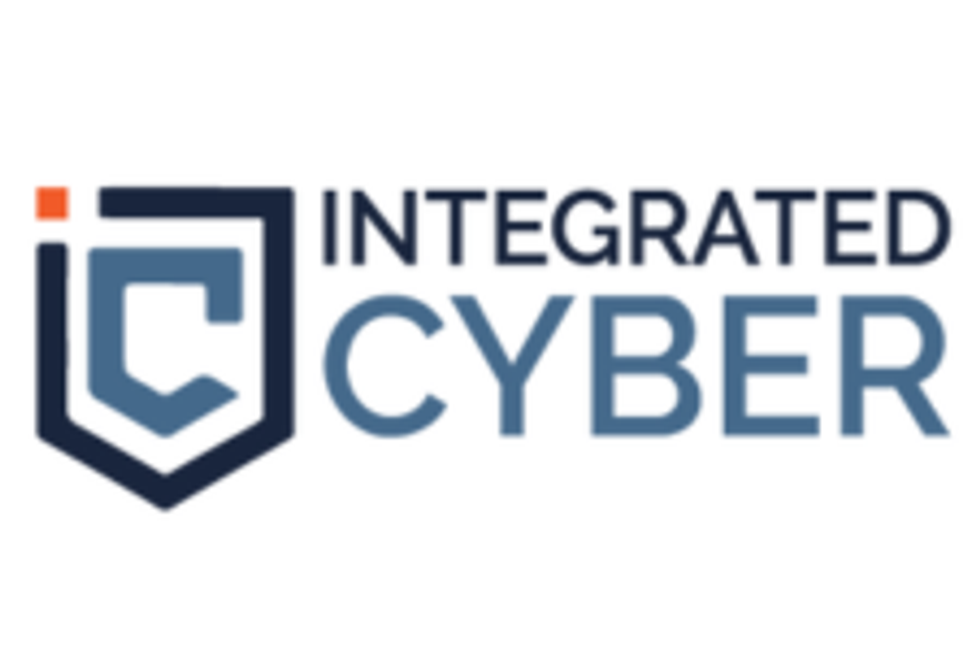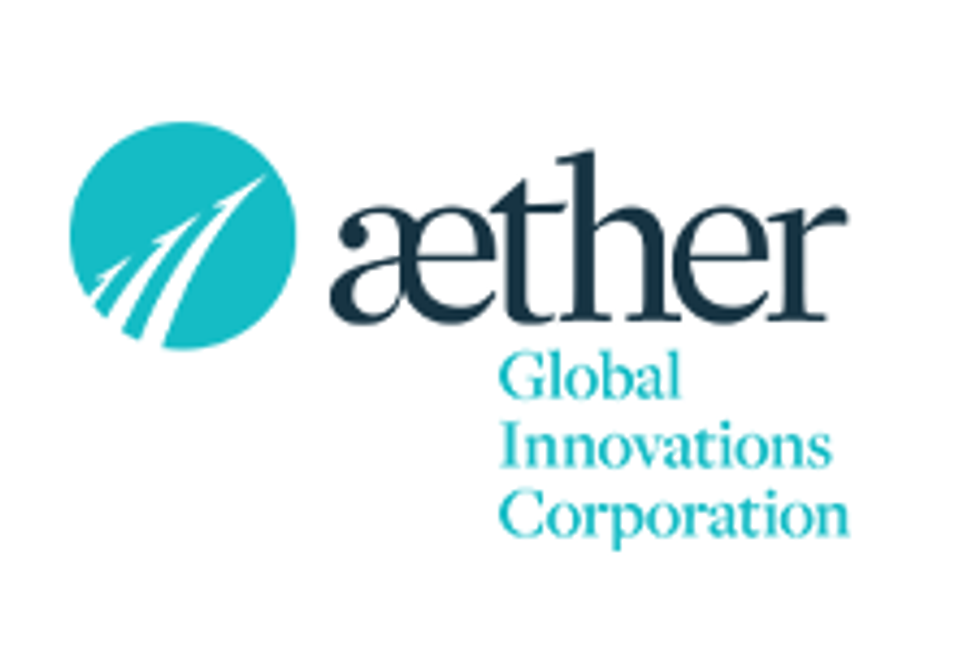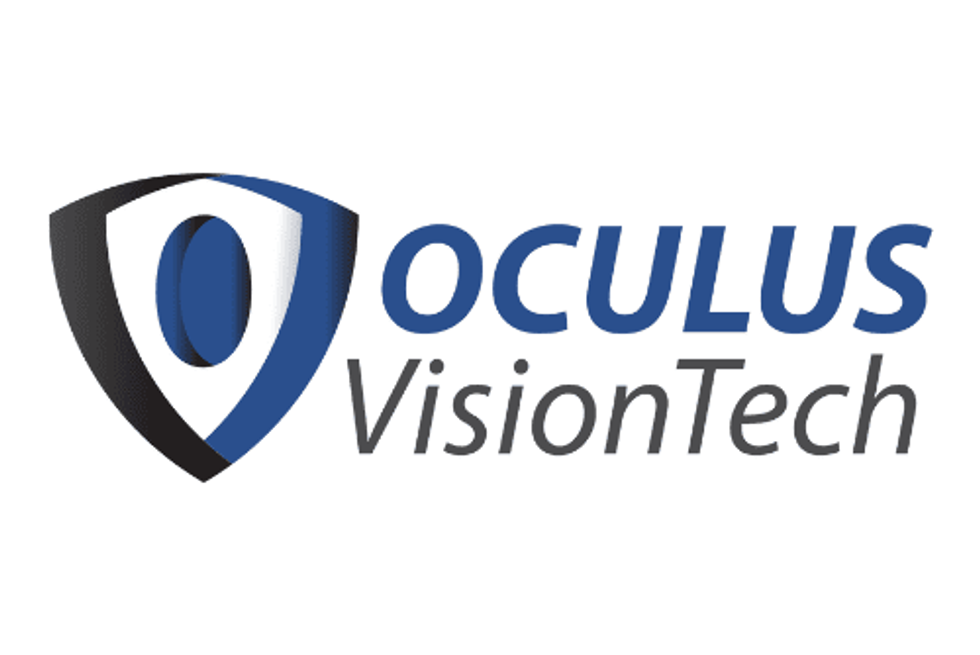Cybersecurity Outlook 2018: Companies Ready for Action

As 2017 comes to a close, here the Investing News Network (INN) speaks with cybersecurity companies and what they’re looking forward to as we move into 2018.
Previously, the Investing News Network (INN) reported on cybersecurity trends and news that made headlines in 2017–from the rising threat of cybercrimes to mergers and acquisitions and, of course, government regulations in the industry.
Within 2017 coming to a close in just a few short weeks, companies–and investors–can now look forward to the year ahead and what’s in store for the ever-growing cybersecurity market.
As such, INN had the opportunity to speak with cybersecurity companies in the space–both public and private–as to what they’re most looking forward to in the new year. While it’s inevitable that cybercrimes and ransomware attacks aren’t going anywhere, these companies are putting forth their best efforts in preventing and containing cyberthreats in the future.
In an email to INN, Nick Dinsmoor, vice president of VirtualArmour (CSE:VAI) said that while cyberattacks are–indeed–abhorrent, a positive takeaway is that those kinds of threats “increase the exposure of the cyber defense market to the mainstream.”
Below, Dinsmoor, Mike Myshrall CFO of Cyren (NASDAQ:CYRN) and Chris Jordan CEO of privately-held company Fluency share their thoughts on the 2017 cybersecurity market–including expectations each had for the year, what the most challenging aspects of the cybersecurity market were, and what they’re looking forward to in 2018.
Investing News Network: What did you expect from 2017 at the end of last year? Were your expectations correct?
Nick Dinsmoor: At the end of 2016, we saw that the need for [managed security service providers] MSSP’s was growing, not just from the volume of M&A activity but through the increased volume of breaches that were impacting businesses of all sizes and industries. We saw that businesses couldn’t source or afford to hire the staff they need with the expertise required to protect their organizations to the degree necessary in the current environment. Fortunately, from a market growth perspective our expectations were correct and we have seen increasing numbers of businesses turning to third party specialists like us that can offer them the talent and around the clock monitoring and protection. Unfortunately, for many businesses that weren’t properly secured and experienced breaches, the amount of financial and brand damage that has been caused in 2017 is substantial.
Mike Myshrall: Cyren expected to see a continued migration to the cloud, which will play out over the next several years. And our expectations were correct, as our annual tracking surveys from Osterman Research showed the preference for cloud-based web security growing (18 percent now use SaaS web security), and over half of businesses now get their email security in the cloud. This cloud security adoption was driven by a clear need for faster cyber defenses due to the dynamic nature of today’s threats. Appliance-based security solutions rely on external updates which are too slow, so cloud-based security solutions are the only real answer to the need for real-time defenses.
Additionally, we expected to see continued growth in ransomware and phishing attacks, on the heels of the Locky ransomware outbreaks in 2016 and a doubling of the number of active phishing URLs our security cloud monitors during 2016. Cybercriminals have proven they can repeatedly monetize their attacks, including ransomware-as-a-service and phishing-as-a-service offerings that lower barriers to entry for hackers. Based on our Cyren threat statistics, ransomware grew faster in 2017 than many anticipated, and active phishing URLs globally were up 41 percent through Q3 2017, to over 10 million.
Chris Jordan: I feel, and still do, that the status quo of breaches will continue. There is no ground breaking approach to address securing systems from breaches and ransomeware. The rise in Security Automation Orchestration (SAO) and Cloud Access Security Brokers (CASB) continue to gain attention, but neither addresses the breach issue. While SAO is logical, the rise of CASB could be seen as unexpected. CASB’s rise is related to controlling the flow of data in Cloud services. While it makes sense, there is little precedence that data stored in a cloud service, such as Sales Force dot com. CASB rise has more to do with it being an early approach to defining a network boundary to cloud services. Yet, this approach still believes in a network architecture.
In short, the lack of something new is easy to predict. The rise of CASB is somewhat unexpected.
INN: In 2017, what was the most challenging aspect of the cybersecurity market?
ND: The most challenging aspect of the cybersecurity market at any time is simply to consistently stay ahead of the “bad actors” who are constantly looking for ways to breach the systems, processes and technologies designed to keep them out. The key to success is partnering with the best manufacturers in the industry to ensure that you are able to provide a robust and holistic solution. The reality is that no one manufacturer has the hardware/software solutions to cover every possible scenario. Implementing multiple layers of hardware and software protection and combining that with management oversight is the best way to ensure that an enterprise is fully protected.
MM: For most companies, I believe the most challenging aspect of IT security was the real-time and dynamic nature of threats. There’s a very small window of opportunity to prevent infection, measured in seconds and minutes, not hours and days. CISOs, CIOs and even CEOs are learning that if you don’t stop threats before they penetrate your organization, you may end up being fired. Thus, for most organizations, the most obvious challenge is reacting quickly.
For the past couple years, Cyren commissioned research has shown business cybersecurity spending growing an average 20% per year, yet no corresponding improvement in the level of confidence that IT organizations have in their security. Coupled with high levels of self-reported breaches, we believe this disconnect between security spending and effectiveness is driving a search by IT managers for new ways to more quickly and efficiently secure their organizations.
CJ: The biggest issue in security is the keeping customers focused on the basics. People tend to want what is new in the security world. Good infrastructure is boring, but most organizations need that. While there is a large focus on stopping ransomware with the latest tools, most CIO/CISO’s focused on recovery systems as a long term solution. While new EPP/EDR solutions seem sexy, the boring backup and recovery has saved the day.
INN: What do you expect for the 2018 cybersecurity market?
ND: We expect that the market for Managed Security Service Providers will continue to grow at speed and the decision making and budget allocation for Cybersecurity services will come directly from Senior Management teams who see it as a more significant priority when running a stable business.
MM: Next year should be an even better market for cybersecurity. In 2017, there were a handful of security IPOs that were successful. They were nearly all SaaS companies that touted the benefits of the cloud. It’s also clear that other cybersecurity players are lined up to go public as well. Cyber threats and attackers are continuing to evolve and the “threat-as-a-service” ecosystems continue to grow, so the security market is not going to slow down.
CJ: 2018 is most likely a year of consolidation. There are two many products focused on working alone. Expect Symantec and McAfee to continue to add to their portfolio. More importantly, companies like Cylance, CrowdStike and FireEye (NASDAQ:FEYE) need to create a more complete solution.
INN: What do you tell investors who are concerned about the state of the cybersecurity market?
ND: What we have seen over the last year has been a positive correlation between cyberattacks and stock price patterns. While these attacks are horrible and impact businesses, communities and individuals, they do increase the exposure of the cyber defense market to the mainstream. This additional focus increases the volume of buyers who see it as a strong addition to an investment portfolio. We recommend buying now, however, buy selectively. Not all cybersecurity companies are created equal. Look at companies with a track record of success with clients and partners, customer retention and strong leadership. The reality is that, with many businesses still woefully underprepared to combat an attack on their network, there will be an inevitable increase in cyberattacks that will continue to drive demand for trusted Managed Service Providers into the foreseeable future.
CJ: There is significant risk in security. Attacks and concerns change quickly and products can become irrelevant. Look for products that are aimed at a core need, and not addressing some recent form of attack. Products, like asset management (ForeScout), have a longer shelf life and deal with a security issue that is not related to headline.
INN: What is your advice for investors who are new tot he cybersecurity market?
MM: You need to look at the product portfolio of the company you’re considering investing in. The overall security market is growing at a relatively modest pace. However, cloud-based solutions are growing much more quickly. There are three categories of security companies that we think about:
- Appliance-focused security organizations will have a difficult time growing market share over the next five years or so, given the emergence of more effective and less expensive cloud solutions.
- Hybrid security companies that are transitioning from appliance to cloud-based product lines are going to need to make significant investments in R&D to successfully transition, and will have to address cannibalization of their customer base.
- Pure cloud security vendors are rare, and tend to be earlier stage companies, but are situated in the highest growth segments of each security market space and well-positioned for longer term success. The cloud delivers better security and offers businesses all the benefits of SaaS.
INN: Do you have any catalysts on the horizon that investors should be excited about?
ND: There are several key events that our investors should be excited about. One of those is the development of Blockhouse, an enhanced, fully managed Enterprise Security Solution based on blockchain technology. Another is the infusion of capital that will allow us to increase our sales and lead generation capabilities to continue to grow our high margin Managed and Professional Services practice. We are also excited to heavily push the expansion of our channel partner program that will enable us to enter and drive business in new markets at a faster rate and a lower cost.
MM: The Warburg Pincus tender offer is expected to expire on December 19, 2017 (unless the offer is extended).
CJ: The five year mark has arrived for many cyber companies. It takes about five years, for code, business concepts, and processes of a company to really gel. Cylance and CrowdStike are hitting those points. There are a number of cybersecurity companies, like Fluency Security, that are now at a point with code that has had significant hours running, and processes that are mature. I would expect this to be good years for these companies.
Don’t forget to follow us @INN_Technology for real-time news updates!
Securities Disclosure: I, Jocelyn Aspa, hold no direct investment interest in any company mentioned in this article.
Editorial Disclosure: VirtualArmour is a client of the Investing News Network. This article is not paid-for content.
The Investing News Network does not guarantee the accuracy or thoroughness of the information reported in the interviews it conducts. The opinions expressed in these interviews do not reflect the opinions of the Investing News Network and do not constitute investment advice. All readers are encouraged to perform their own due diligence.



